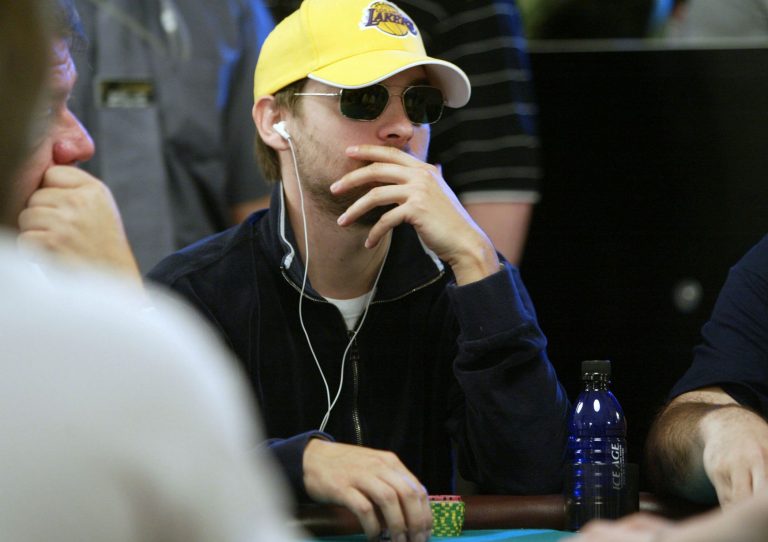Gambling stories have provided writers with a lucrative artistic canvas that merges betting excitement with profound human feelings. It is a domain where optimism intersects pain while ambition faces unintended results while holding equally significant value for personal identity together with ethical beliefs and material wealth. German cinema employs its signature style toward exploring human truths by investigating this particular theme. The film narratives featuring detailed storytelling and humanized characters depict both the joyful triumphs and devastating losses associated with gambling as they demonstrate themes related to achievement and the dangers of success and failure. The films serve two functions: they entertain audiences while demonstrating cultural realities through German filmmakers’ unique analysis of human psychology.
Dr. Mabuse the Gambler (1922)
Through the direction of Fritz Lang, Dr. Mabuse the Gambler (1922) established itself as a pivotal production in German film history that reflected German society during that time. The movie starts by showing the mystery figure known as Dr. Mabus,e who uses psychological manipulation and hypnotic powers to subjugate his prey through their vulnerabilities. The film uses gambling as more than chance-based entertainment since it illustrates eternal battles for power and moral degradation. The unstable Weimar Republic provides the setting for Lang to showcase Germany’s social collapse and uncontrolled power struggles among immoral characters in post-World War I Germany. Through its atmospheric visuals combined with the clear direction of Lang, the film produces an unsettling touch that stays with viewers after leaving the theater. The film’s thematic elements continue to affect both the German Expressionist movement and worldwide film appreciation regarding power dynamics and manipulation. The masterpiece Dr. Mabuse the Gambler presents a fragile society that balances between the forces of order and chaos.
The Vice of Gambling (1923)
In 1923 the German film The Vice of Gambling illustrates how addiction to gambling affects characters in the chaos of the Weimar Republic through its captivating plot. Through its silent portrayal, the film illustrates the gruesome familial and community effects that occur when vice remains uncontrolled in society. The film depicts how gambling’s deceptive promises about financial success and self-liberation result in destructive chaos while demonstrating the decline of German society after World War 1. The film presents innovative visual storytelling alongside psychological complexity, which represents the German film artistry of that era to portray the inner conflicts of its characters facing seductive self-destruction. Silent screen history remembers The Vice of Gambling as a socially conscious masterpiece that combines memorable narrative with visionary storytelling to explain human risk and the dangerous seduction of gambling.
The Queen of Spades (1927)
The 1927 motion picture The Queen of Spades represents perfection in silent filmmaking through a faithful adaptation of Alexander Pushkin’s horror story. The film explores gambling obsession while looking into how people use all means to reach their goals of obtaining wealth and power. Powerful visuals in the film replicate the dramatic visual style of 1920s cinematic expression to construct a suspenseful tone that feels destined to occur. The film uses illuminated and shaded areas to portray intense psychological battles between characters while it depicts both tempting fate and destiny. This movie faithfully portrays Pushkin’s story with deep psychological complexity alongside moral ambivalence while delivering a distinct German cinematic achievement. The silent film The Queen of Spades showcases stunning creative power by illustrating human exposure to danger through luck-based temptations while establishing enduring cinematic excellence regarding how it portrays these aspects in the film.
The Gambler (1938)
The Gambler (1938) stands out as a significant German movie that illustrates gambling as a universal symbol for pursuing ambition through ethical conflicts between gaining fortune and experiencing downfall. The film adopts Dostoevsky’s novel as its loose inspiration to depict the psychological features of characters coping with the devastating effects of putting everything at risk in a single gamble. The film tells its tight story while its skilled actors shed light on how gambling leads people toward addiction, promotes greed, and generates ethical disputes. When German society faced radical political and social changes during its time The Gambler delivered quiet reflections on its society’s escalating ethical conflicts. Through its captivating direction and evocative visuals, the film seduces viewers into the dangerous and destructive nature of high-risk gambling while it creates an enduring impression on audience members about gambling films in cinema history.
Conclusion
The German cinema industry has delivered outstanding film productions that investigate the elements of fortune and danger alongside human character interactions during gambling activities. The cinematic stories may have sparked your fascination with German online gambling but you need a proper understanding of the country’s gambling legislation before proceeding. To ensure your safety you need to select the best online casino in Germany that offers secure gambling. German online gambling platforms follow the Interstate Treaty on Gambling (GlüStV) under the oversight of the Joint Gambling Authority of the States (GGL) to provide safe gambling environments while maintaining fair playing conditions. Online gambling platforms that follow regulatory standards provide responsible gambling tools through self-exclusion features and time restrictions together with deposit limit options for smooth service. The implementation of the guidelines ensures both German-regulated casinos and reputable offshore gambling can be enjoyed responsibly and securely.






